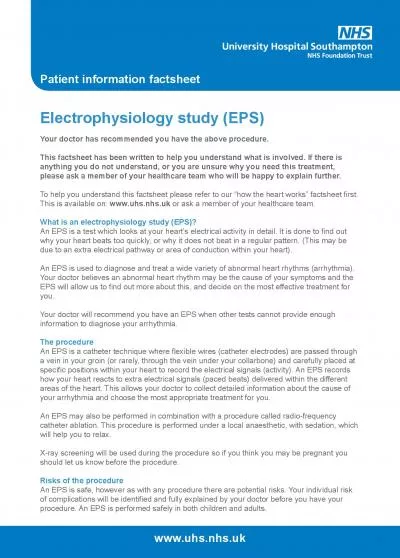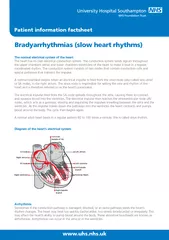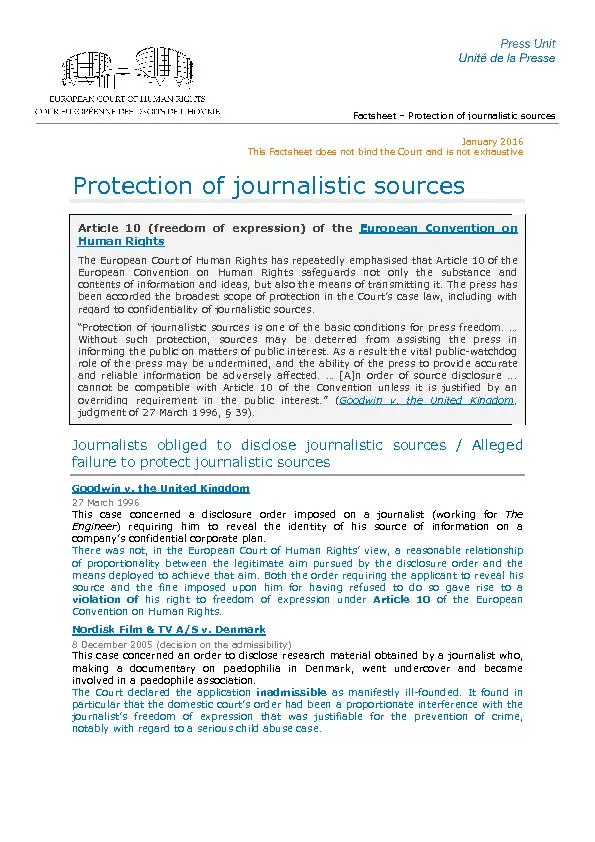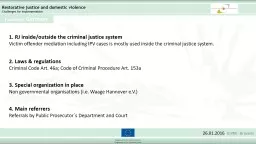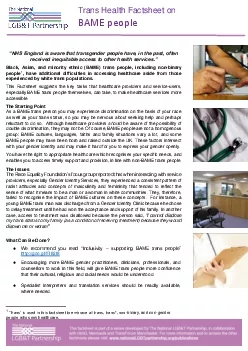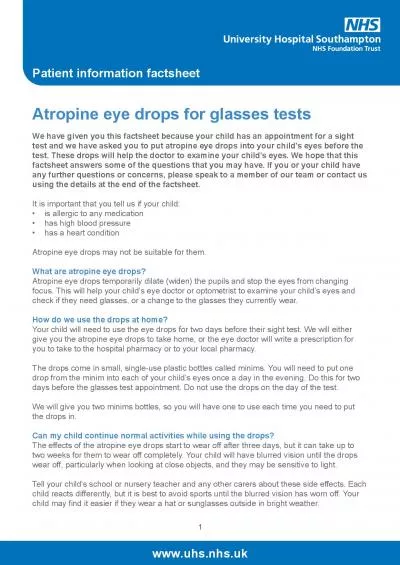PDF-Patient information factsheet
Author : megan | Published Date : 2022-09-07
wwwuhsnhsuk Electrophysiology study EPS Your doctor has recommended you have the above procedure This factsheet has been written to help you understand what is involved
Presentation Embed Code
Download Presentation
Download Presentation The PPT/PDF document "Patient information factsheet" is the property of its rightful owner. Permission is granted to download and print the materials on this website for personal, non-commercial use only, and to display it on your personal computer provided you do not modify the materials and that you retain all copyright notices contained in the materials. By downloading content from our website, you accept the terms of this agreement.
Patient information factsheet: Transcript
Download Rules Of Document
"Patient information factsheet"The content belongs to its owner. You may download and print it for personal use, without modification, and keep all copyright notices. By downloading, you agree to these terms.
Related Documents

